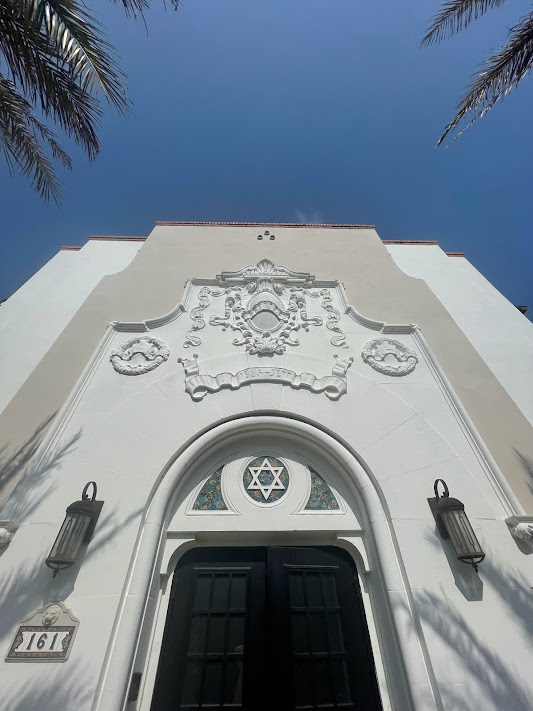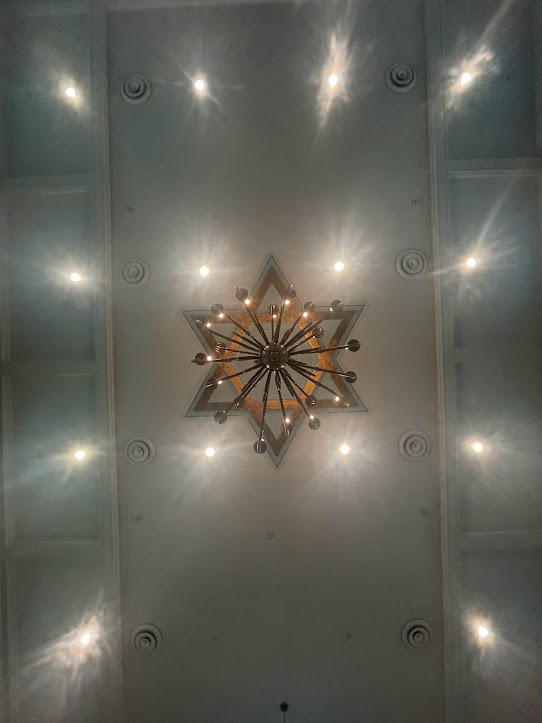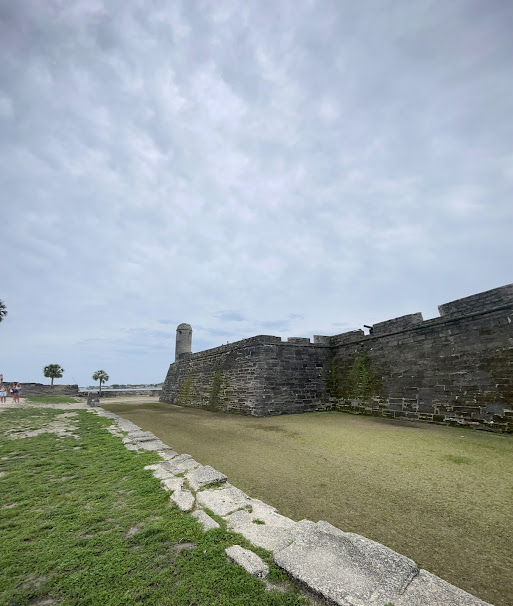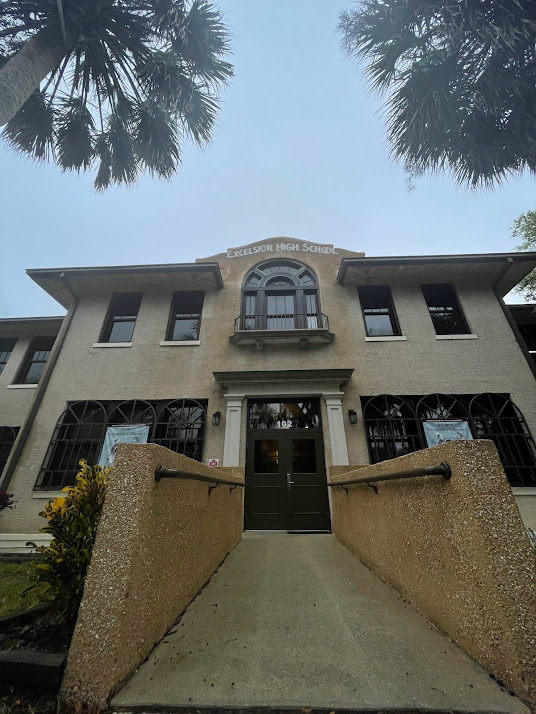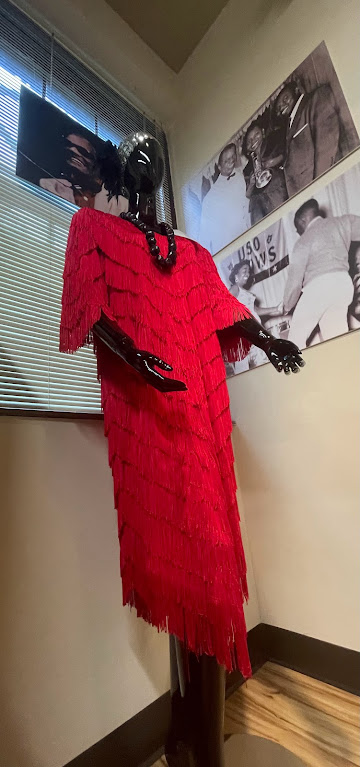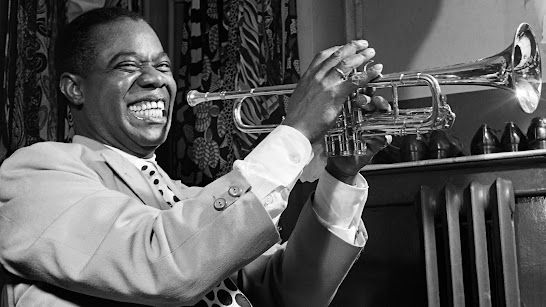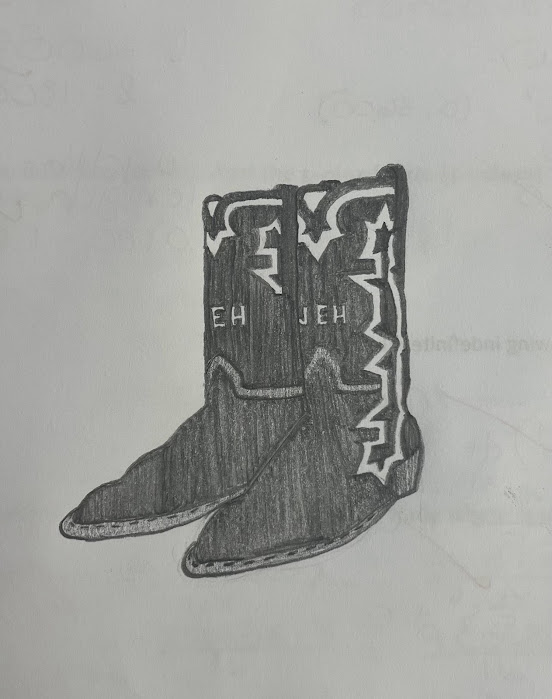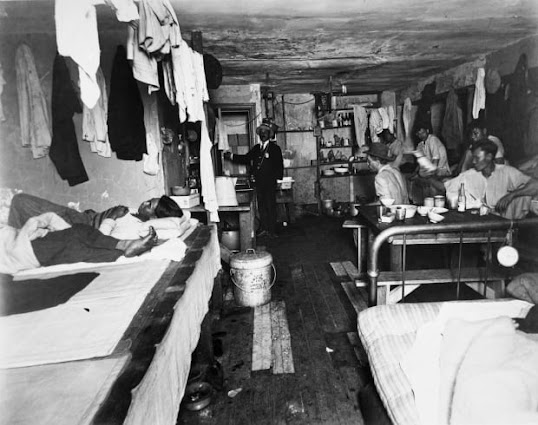The Saint Photios Greek Orthodox National Shrine
St. Augustine, Florida
February 10th, 2022
Built in 1749, the Saint Photios Greek Orthodox Chapel is the first national living memorial of the Greek immigrants and pioneers that resolved their search for a safe place in the Avero House. The Saint Photios Greek Orthodox National Shrine website discusses the history of the sacred place that was once a home to daily life tasks and is now transformed into a decadent gallery with eye-capturing exhibits. In addition to the informative aspect of learning about the Spanish and British cultural background, the Chapel is also a place where members of the public can go and honor ancestors of their own.
https://stphotios.org/about/our-history/
Exterior Picture 1
The Saint Photios Greek Orthodox National Shrine was described as being a Colonial Spanish house by expert and Executive Director, Ms. Polly Hillier. This is exposed in the lackluster appearance of the front of the house. The first placard on the house describes the heritage of the Avero family and the restoration of the sacred building that now stands on the same ground. The second signage emphasizes the Shrine itself, allowing the visitors to be enlightened on the worship and refuge undergone in this space. Furthermore, the sign also dedicates the shrine to the 400 Greeks that suffered in search of safety.
Exterior Picture 2
Ms. Polly Hillier elucidated why the courtyard is a barrier before going into the shrine. The Colonial Spanish culture of the house accounts for many of the creative aspects that might go as unnoticed unless furthered observed. The entrance of the shrine is not available from the street, exhibiting the degree of praise and worthiness that the shrine holds. Another observation that Ms. Hillier noted was that the roofs were flat. Again, the Colonial Spanish architecture included flat roofs that need an exceptional drainage system in order to direct the rain off of the roof to designated areas. The areas where water is to be channelled is packed with coquina rock to stop the pressure of rain pouring off the roof. Every aspect of the house, if observed meticulously, can be correlated to the Colonial heritage of the building.
Artifact Picture 1
James George Pleicones Couchell was the first executive director of the Saint Photios Greek Orthodox National Shrine. Holding many titles from deacon to the holy priesthood, he later picked up the name Bishop Dimitrios of Xanthos. Bishop Dimitrios was appointed Ecumenical Officer of the Greek Othodoz Archdiocese of America. Obtaining other levels of official hierarchy, he officially retired in St. Augustine. Bishop Dimitrios is a propulsive force in the extraordinary Orthodox decision making of America, and the shrine in St. Augustine is blessed to be gifted his cassock in the collection.
Artifact Picture 2
In the discovery of the St. Photios Greek Orthodox shrine, multiple artifacts had been exposed to investigators. The archeological mining through the shrine when it was first being explored in 1970, surfaced remnants that were a significant find for the history of the Greek Orthodox. The minuscule cross photographed has been accepted as the emblem of this shrine in 1971 and it still represents it today. The unique structure of the cross is unlike the normal simplicity that crosses possess. The bulky end, in opposition to the ordinary skinny elongated end of a cross, is hypothesized to symbolize the Holy Trinity.
Image 1 In Conversation
https://www.catholicsun.org/2019/10/29/usccb-elevates-oldest-marian-shrine-in-u-s-to-national-shrine-status/
This photo of The National Shrine of Our Lady La Leche is related to the St. Photios Greek Orthodox National Shrine. It is not only because both of these structures are shrines that they share similarities, it is due to their Colonial Spanish architecture.
The building for The Our Lady La Leche Shrine is located in St. Augustine on San Marco Ave. However, the Shrine itself is placed about 50 yards from any street around it. In parallel to what Ms. Hillier, the executive director of the Greek shrine, said about the Colonial Spanish architecture, shares similar characteristics that the shrine of Our Lady La Leche has.
The nature of Our Lady La Leche shrine is in correspondence to the same Colonial Spanish architecture that the Greek Orthodox shrine has. Ms. Hillier explained that Spanish shrines were usually unable to be reached from the road. The Our Lady Le Leche shrine has a courtyard comparable to the one at the Greek Orthodox shrine. To get to either of them you must walk through a courtyard that separates the shrine from the street. The courtyard gives awareness to respect that the sacred area cannot be accessed by just anyone.
Image 2 In Conversation
https://www.tripadvisor.com/Attraction_Review-g37535-d4522203-Reviews-Basilica_of_the_Sacred_Heart-South_Bend_Indiana.html
Not being affiliated with any religion, going to different cultural sites that are centered around a faith is very unorthodox for me. Traveling to shrines, churches, and synagogues, it is difficult to truly respect them in the way that religious people do. When I attend these places, I instead admire the art, architecture, and artifacts that are present in each, finding them extremely similar. This is the church in the middle of the University of Notre Dame's campus. The Basilica of the Sacred Heart is a church that I attended in 2018 when visiting Notre Dame. Attending Mass for this church is a very unique experience but the gold features along with the colorful and decorative ceilings is what I find interesting. The detailing on the ceiling is very similar to the shrine's. Both have people and beautiful bright colors lining the ceiling.
Literature In Conversation
Title of Passage: Floridanos, Menorcans, Cattle-Whip Crackers Poetry of St. Augustine
Author: Ann Browning Masters
"In 1777, indentured servants, mostly from the Balearic Island of Menorca, Italy, and Greece, walked to St. Augustine from the failed indigo plantation of Scottish Dr. Andrew Turnbull. This group of Roman Catholics and Greek Orthodox eventually became known as Menorcans in St. Augustine."
This quote from Ann Browning Masters writing is evidence for the inferred founders of the National shrine. Seemingly, the shrine is a Greek Orthodox Chapel, which is confirming that the Menorcans are contributors to the Greek Orthodox ideology and religion experienced in St. Augustine during the late 1700s. It is only now that the city has recovered the artifacts and displayed them to give recognition to the Greek settlers that established this form of Christianity here. The quote from Ann Browning Masters is related to the shrine because the Menorcans that came over in 1777 established Greek Orthodox Christianity in St. Augustine.
Creative Element
The entrance to the shrine has symmetrical sand-pits on both sides. Despite the beautiful array of candlesticks burning until they burn out into the sand, this isn't the first time I have experienced candlesticks burning. Not being affiliated to a religion, I quickly associated the burning candles to a compelling tradition of Christians. A pamphlet that I had grabbed on my way out of the shrine was titled "Let Us Light A Candle For You," I intended to learn from reading about the tradition. It discusses how the tradition started in 1982 in regards to the dedication day of the shrine. The candles are lit to remember the ones who have passed and sacrificed their life for the freedom of future generations.
The justification for why the candles in the shrine had occupied my attention is because of my foreign language trip to Ecuador in spring of 2019. One of the sites that we had visited was the La Iglesia de la Compañía de Jesús in the capital of Ecuador, Quito. My visit to this church was so memorable because the entire thing is made with real gold. We went into this whole room dedicated to lighting candles and my friends and I, not being religious, all lit a candle and contributed to the culture of the local Ecuadorians. I didn't know why I had paid for a candle or why I was lighting it, making the experience even more memorable. The shrine, allowed for me to learn about my experience in Ecuador, as well as also establishing a connection with one of the most unique experiences that I have had in my life.
